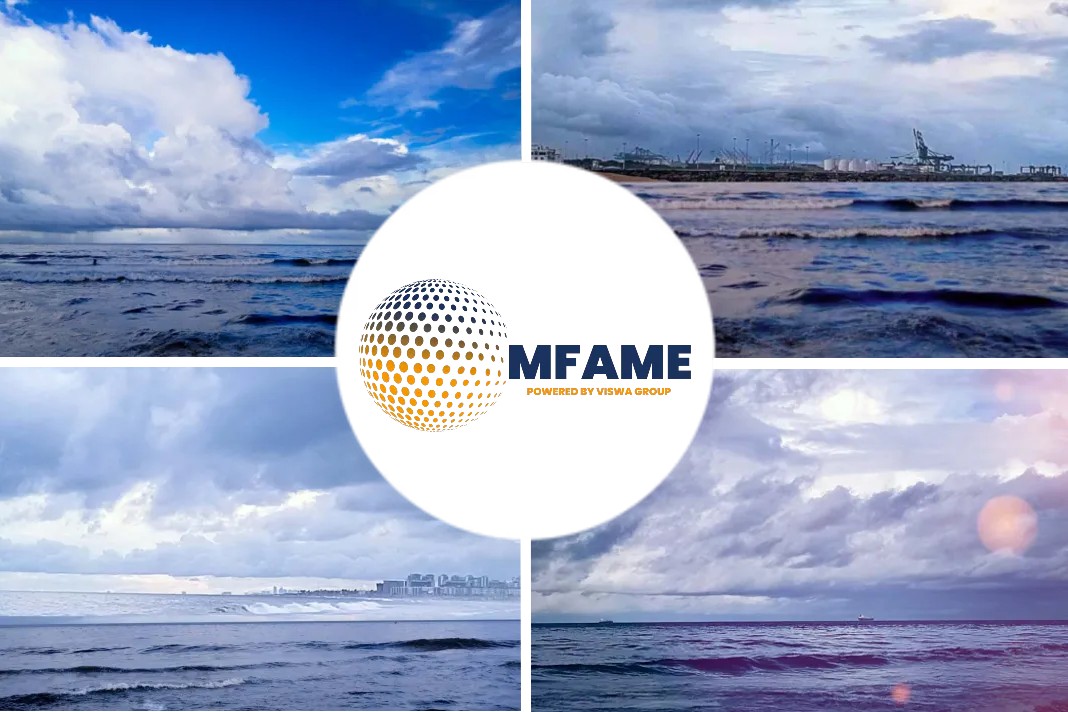 A new hydrogen technology R&D strategy was unveiled by the Ministry of Science and ICT on Nov. 9. It consists of three main components: domestic development of clean hydrogen production technologies, advancement of hydrogen storage and transport technologies, and increased industrial use of hydrogen.
A new hydrogen technology R&D strategy was unveiled by the Ministry of Science and ICT on Nov. 9. It consists of three main components: domestic development of clean hydrogen production technologies, advancement of hydrogen storage and transport technologies, and increased industrial use of hydrogen.
Domestic growth
The pursuit of new technological advancements is the top objective of domestic growth. The most advanced water electrolysis-based hydrogen production methods in South Korea at the moment are alkaline water electrolysis and PEM water electrolysis, and the ministry intends to focus on these two.
Approximately 40% of South Korea’s current water electrolysis technology reliance, according to the ministry, will be eliminated by the year 2030. It intends to simultaneously work on more sophisticated versions like SOEC and AEM water electrolysis.
The government will focus on hydrogen extraction from ammonia for long-distance hydrogen transport in terms of storage and transportation.
Hydrogen transporter
Once hydrogen has transitioned from a gas to a liquid state, it can be stored and transported. Ammonia has a density that is 170% greater than liquid hydrogen and is more easily liquefied than hydrogen. In other words, a tank can hold more hydrogen when filled with liquid ammonia rather than liquid hydrogen. Because of this, ammonia is gaining popularity as a new type of hydrogen transporter.
As more ships, trains, and aeroplanes are anticipated to utilise hydrogen as fuel, the ministry plans to develop larger, more robust hydrogen fuel cells. At the moment, hydrogen trucks made in the country last up to 160,000 kilometres before losing any of their initial performance. The ministry wants to increase it by at least 800,000 by 2030.
Did you subscribe to our newsletter?
It’s free! Click here to subscribe!
Source: Business Korea
















